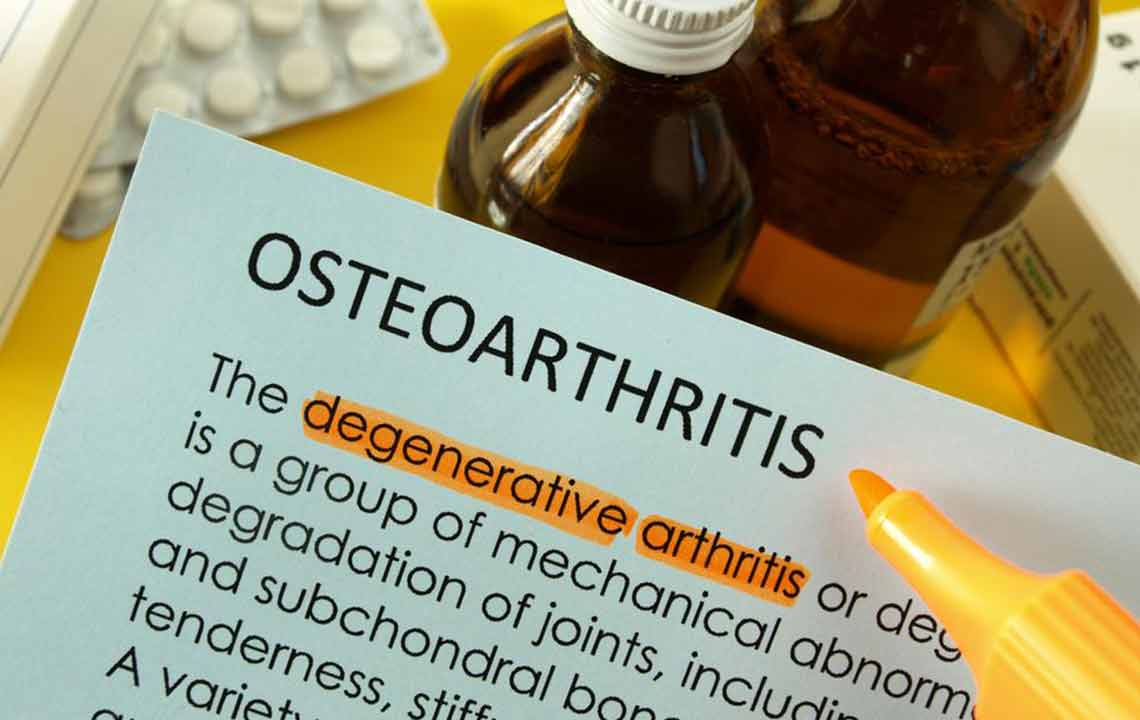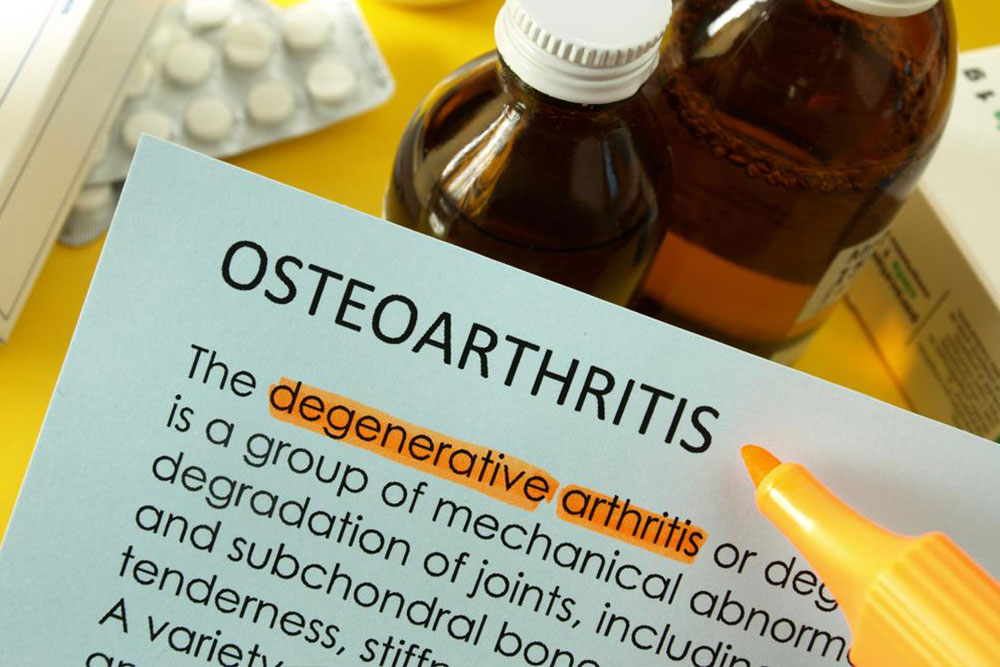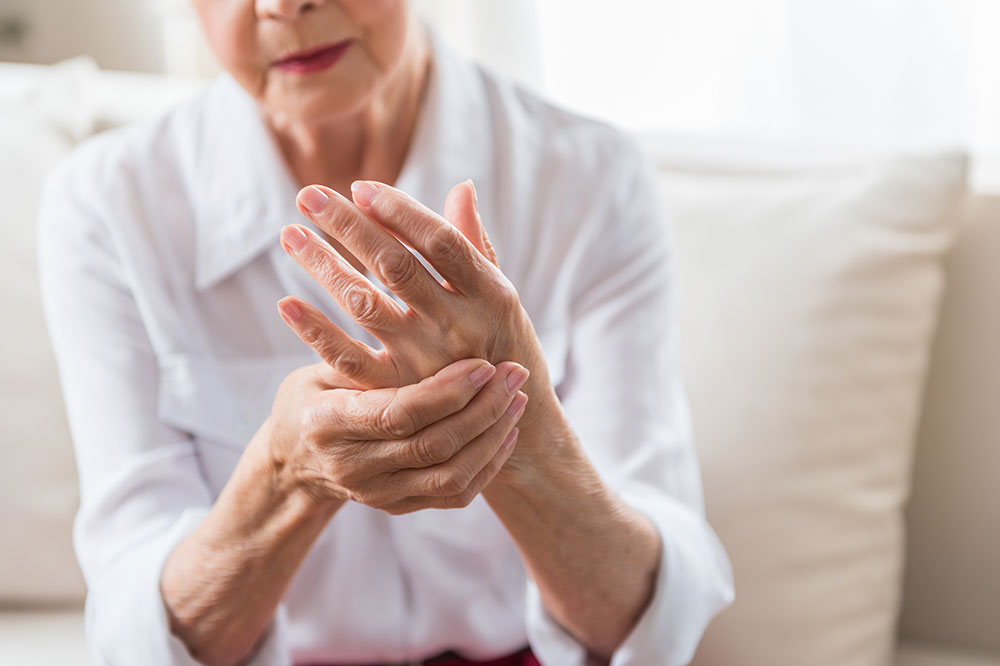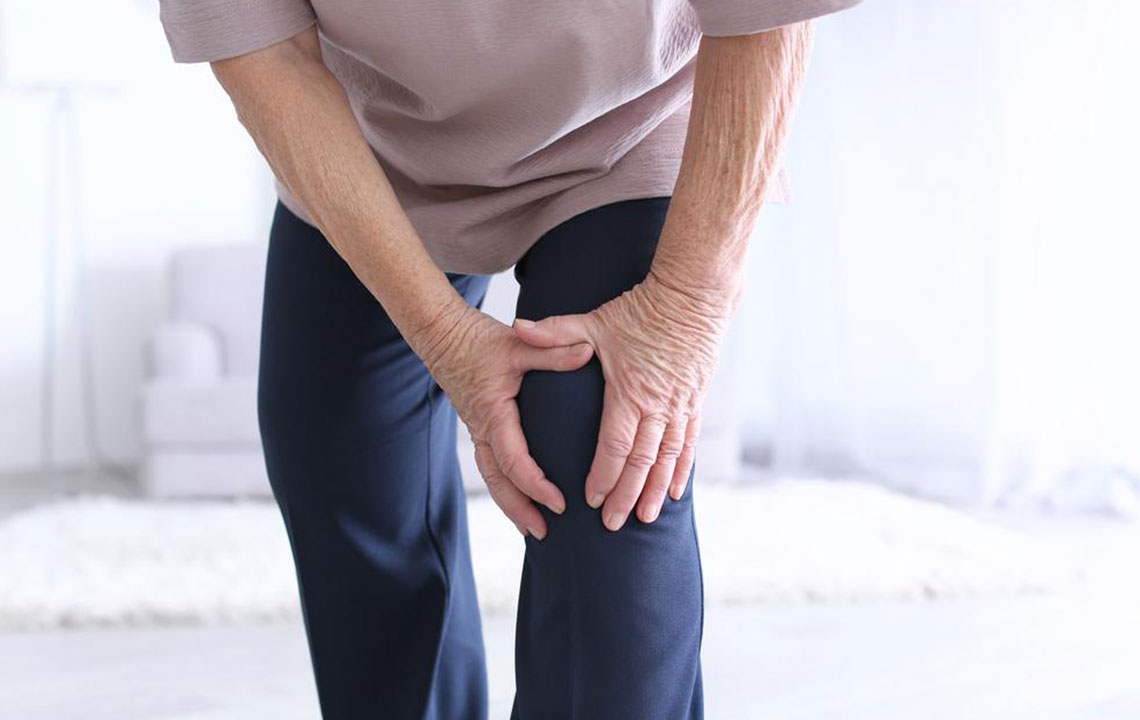Understanding Knee Osteoarthritis: Causes, Symptoms, and Management Strategies
This article provides an in-depth overview of knee osteoarthritis, including its causes, symptoms, and management strategies. It highlights key risk factors such as aging, obesity, and genetics, and discusses both non-surgical and surgical treatment options. Practical home remedies and medical interventions are detailed to help readers understand how to manage the condition effectively and seek professional care for personalized treatment. Early prevention through healthy lifestyle choices is emphasized to reduce the risk of developing osteoarthritis.

Knee Osteoarthritis: Causes, Symptoms, and Management Options
What is knee osteoarthritis?
Knee osteoarthritis is a degenerative joint condition characterized by the breakdown of cartilage on the knee's surface. This deterioration causes bones to rub directly against each other, leading to swelling, stiffness, and persistent pain in the knee.
While it can affect younger individuals, older adults are at higher risk. Genetic factors also contribute. Treatment options include home remedies, non-surgical approaches, and surgical procedures. Maintaining good health and adopting a healthy lifestyle from an early age can help prevent its onset.
Contributing Factors
Age: The risk increases after age 55 as cartilage weakens and wears down over time.
Gender: Women tend to develop knee osteoarthritis more frequently than men.
Genetics: Inherited traits and bone shape abnormalities can predispose individuals.
Obesity: Excess body weight applies more pressure to the knee joints, accelerating cartilage breakdown.
Consequently, obesity notably raises osteoarthritis risk, with about two-thirds of obese people being susceptible.
Symptoms to Watch Out For
Pain: Discomfort is most prominent during joint movement like climbing stairs or bending, and eases with rest.
Stiffness: Morning stiffness or after long periods of inactivity can restrict knee mobility and make straightening difficult.
Swelling: Inflammatory swelling might turn the knee red, warm, and irritated.
Crepitus: A crackling sound during knee movement indicates cartilage loss and bone friction.
Medical History & Exam: Doctors assess family history, pain patterns, and perform physical exams to detect swelling, stiffness, or limited movement.
Imaging Tests: X-rays reveal bone and cartilage damage, while MRI provides detailed soft tissue images to confirm osteoarthritis.
Management and Treatment Options
Home Care Strategies: Maintaining healthy weight reduces joint stress; regular exercise strengthens knee muscles; applying warm or cold compresses after activity relieves pain and swelling.
Non-surgical Interventions: Over-the-counter pain relievers (e.g., acetaminophen), anti-inflammatory drugs, steroid and hyaluronic acid injections, and supportive braces can effectively manage symptoms.
Surgical Procedures: Arthroscopy allows minimally invasive removal of damaged tissue; joint replacement (arthroplasty) replaces the knee with artificial components; osteotomy realigns bones to reduce joint pressure. Always consult a healthcare professional before deciding on treatment options.
The outlined treatments can alleviate symptoms, but professional medical advice is essential for personalized care.










